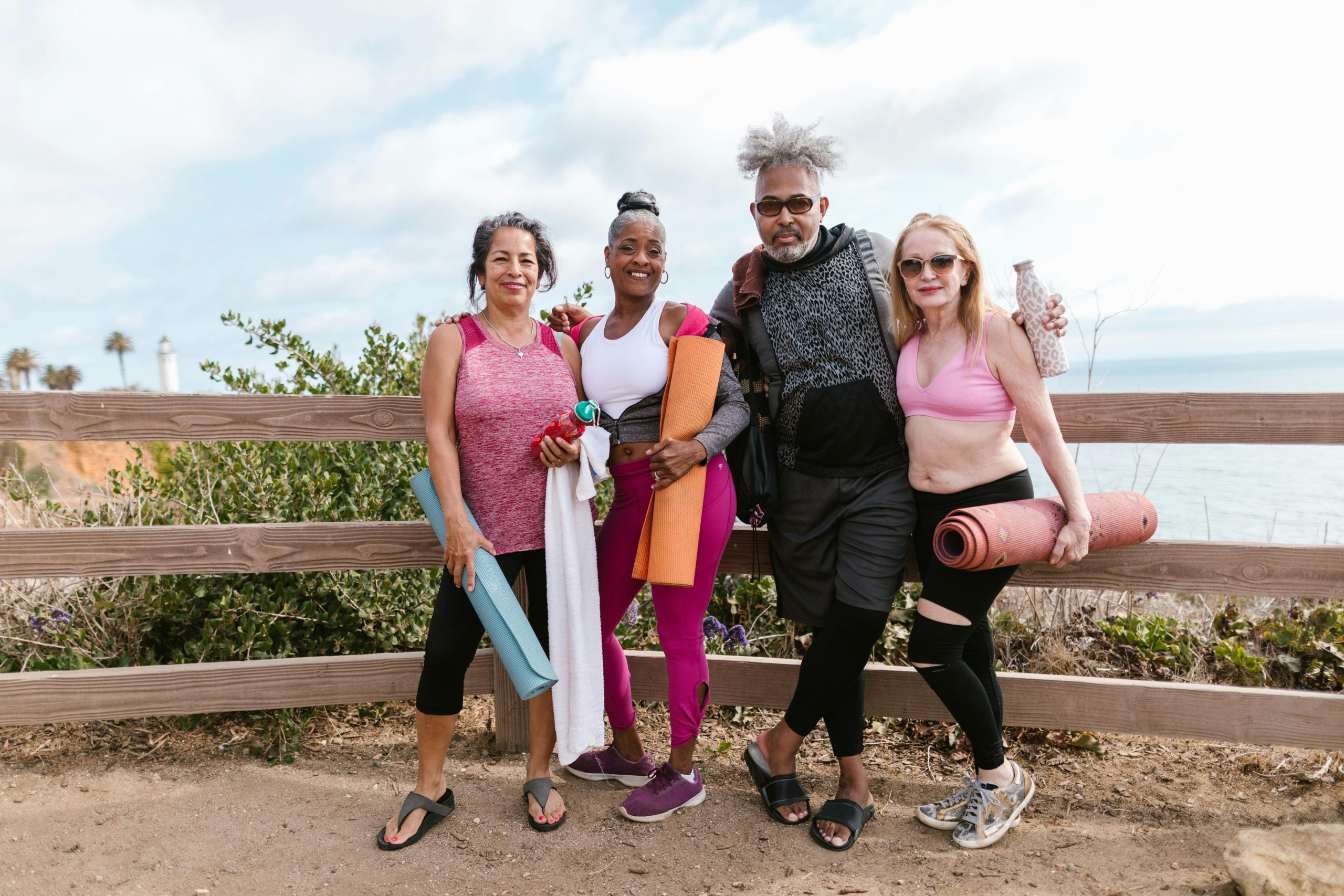Shopping for Outdoor Gear: The Influence of Adventure Culture
When it comes to shopping for outdoor gear, adventure culture plays a significant role in influencing consumer decisions. From avid hikers and backpackers to adrenaline junkies and nature enthusiasts, the outdoor industry appeals to a wide range of individuals seeking to explore and engage with the world around them. A sense of adventure and a desire for rugged experiences has become ingrained in our society, driving the popularity of outdoor activities and shaping the way we shop for gear. In this article, we will explore the impact of adventure culture on the outdoor gear market and how it influences our choices as consumers.
The Rise of Adventure Culture
In recent years, adventure culture has seen a surge in popularity, with more people seeking out outdoor activities as a means of escape from everyday life. The phrase “adventure culture” encompasses a wide range of outdoor activities, including hiking, camping, rock climbing, surfing, and more. It promotes an active and immersive lifestyle that allows individuals to embrace the thrill of the unknown and create meaningful experiences.
The rise of social media and the internet has played a significant role in the growth of adventure culture. With stunning photos and videos of epic mountain hikes, rock climbing routes, and exotic travel destinations, the appeal of an adventure-driven lifestyle is undeniable. Many people are drawn to the idea of escaping the monotony of their daily routines and seeking out new challenges and experiences.
The Impact on the Outdoor Gear Market
As more people become interested in outdoor activities, the demand for high-quality gear that can withstand the elements has increased significantly. This shift in consumer behavior has had a significant impact on the outdoor gear market, with brands now targeting a broader audience of adventure-seekers. Companies that once catered exclusively to serious outdoor enthusiasts are now adapting their products and marketing strategies to appeal to a wider range of consumers.
The popularity of adventure culture has also given rise to a new wave of outdoor gear startups. These companies focus on creating innovative, functional, and stylish gear that caters specifically to the needs of adventure enthusiasts. From sustainable materials to functional designs, these startups are disrupting the traditional outdoor gear market and appealing to a younger, more environmentally conscious audience.
The Role of Influencers
Another critical factor in the influence of adventure culture on the outdoor gear market is the role of social media influencers. These individuals, with their large following and captivating content, have become powerful marketing tools for outdoor brands. By collaborating with influencers who embody the adventurous spirit and represent a specific outdoor lifestyle, brands can reach a wider audience and gain more credibility among consumers.
Influencers also play a crucial role in promoting and showcasing the latest outdoor gear. With their stunning photos and videos showcasing gear in action, they pique the interest of their followers, ultimately driving sales for outdoor gear brands.
The Changing Face of Retail
The influence of adventure culture is not limited to the products and brands themselves; it has also had a significant impact on the way we shop for outdoor gear. In the past, consumers would typically head to their local outdoor retailer to browse and purchase gear. However, with the rise of e-commerce and online shopping, the retail landscape has drastically changed.
Nowadays, many outdoor enthusiasts turn to online retailers to purchase their gear, whether it’s through a brand’s website or an e-commerce platform like Amazon. The convenience and accessibility of online shopping have made it a popular choice for consumers, especially those who have limited access to physical outdoor retailers.
Additionally, adventure culture has also given rise to the concept of experiential retail. Brands are now incorporating interactive elements and experiences into their brick and mortar stores, creating a more immersive shopping experience for customers. These stores not only sell products but also serve as a hub for outdoor enthusiasts to gather, learn and share their experiences.
Conclusion
In conclusion, adventure culture has had a significant impact on the outdoor gear market, shaping both the products and the way we shop for them. With its focus on embracing an active and immersive lifestyle, adventure culture has influenced the types of gear available, the marketing strategies of outdoor brands, the rise of new startups, and even the retail landscape. As this lifestyle continues to gain popularity, it will undoubtedly have a lasting influence on the outdoor gear market for years to come.










